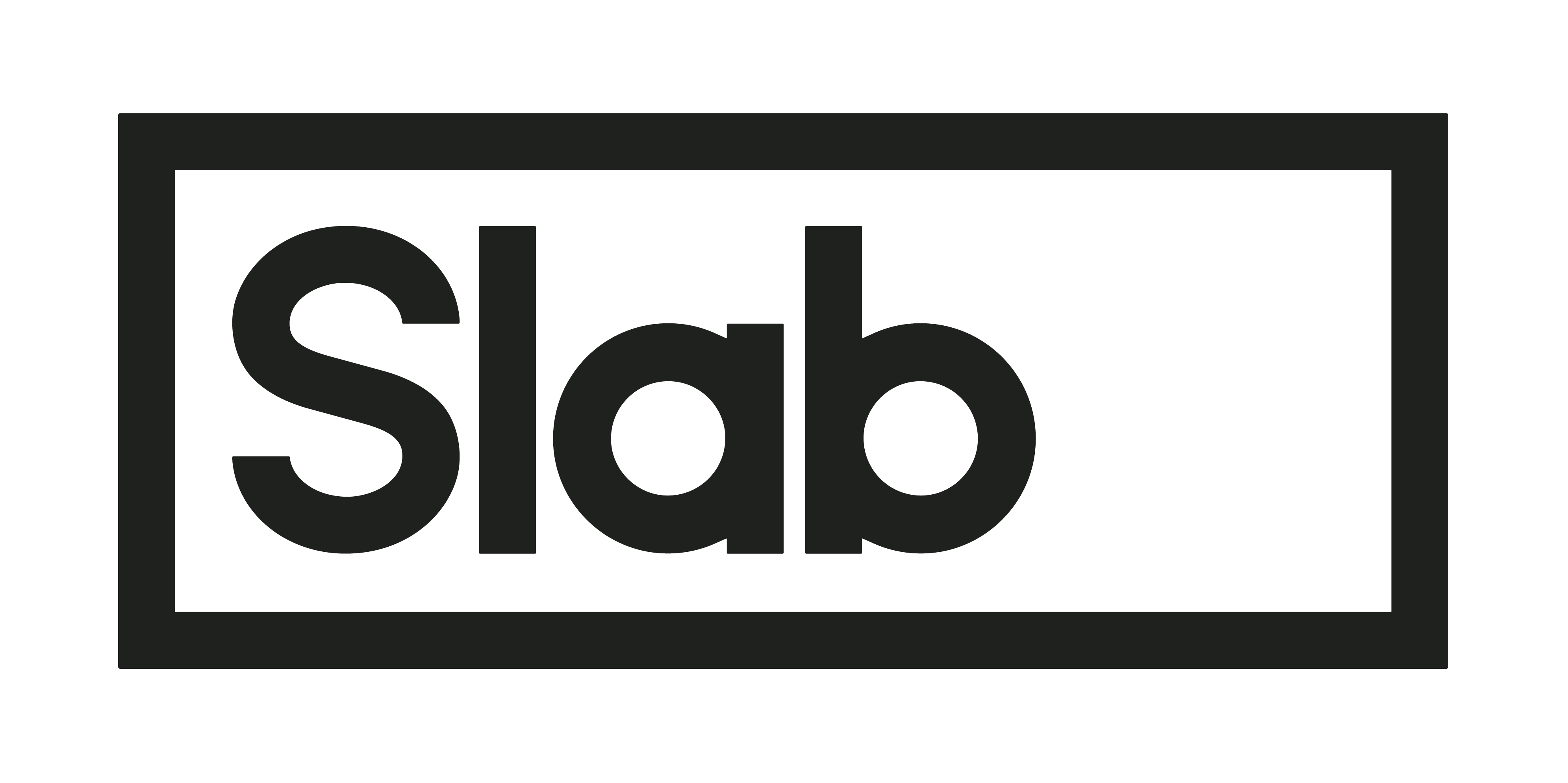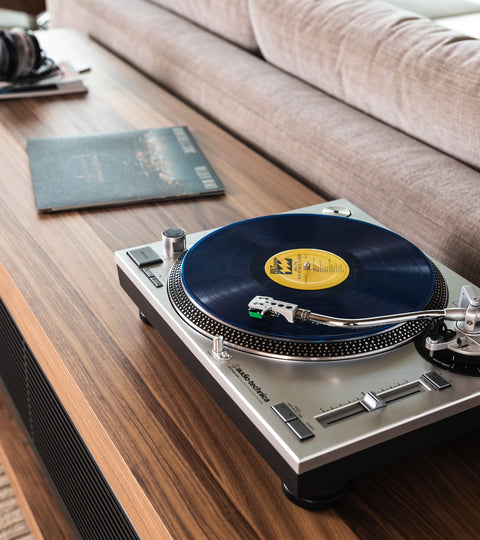The story of how audio quality met quantity.

Remember Pono — the ultra hi-res music player developed by rock legend Neil Young and tech guru Phil Baker? Remember how they were going to change the recording industry and revolutionize home audio? Remember how Pono was the savior of sound and was coming to kill compressed, low-quality music once and for all?
Of course you don’t. PonoMusic raised a few million dollars in 2014 and was dead two years later. All the crowdfunding in the world couldn’t change consumer behavior nor convince skeptical critics that a four-hundred dollar Toblerone-shaped device was the future.
Maybe it was the design that led to Pono’s demise. Maybe it was — as Young would claim — the record labels. Maybe Spotify reaching a critical mass of 40 million listeners is what ended things. But maybe it was something more obvious and more simple: maybe people just didn’t care.
That’s the thing to consider here: Does the average consumer give a damn about super high quality audio? The answer: Yes. But also no.
To this day, the battle between digital and analog rages on. Even with continual advancements in audio recording technology, some will swear that the way things were is still superior to the way things are. Is that true? It depends who you ask. To be fair, it likely depends on what they can hear. But one thing is certain — it’s getting harder and harder to tell the difference between the two formats, and, at some point, the human ear can’t decipher where quality drops off anyway. (We won’t get into the science behind it, but if you’d like to nerd out on the differences between digital and analog, here you go.)
It's been 70 years since the idea of digital audio sampling was first patented and it’s undeniable that digital recording and playback technology is getting really, really good. Even old school purists can admit that digital compression isn’t the vile scourge it once was. 10 years ago it was easy to find all kinds of articles claiming that “Compression is killing your music.” But fast forward — sorry, skip ahead — to now, and we’ve come a long way.
Besides, the gushing tidal wave of technology that’s given us Bluetooth connectivity and music streaming services like Spotify isn’t going to be stopped anyway. We’re here to stay. And once we get accustomed to something being impossibly convenient, we tend to not want to go back. I’d rather turn on a faucet than pump my own well water, thanks.

But here’s where things get really interesting — if the world has gone digital, why then are consumers rediscovering vinyl? If digitally compressed audio quality has really caught up to analog in terms of clarity and fidelity, and if you can carry the entire musical catalogue of human history in your pocket, why would you want a 10” wax disc instead? You can walk down Valencia Street in San Francisco today and find record shops literally across the street from each other selling vinyl records and record players. Why?
It’s the same reason people still smoke cigars; why we jump out of airplanes; why we still like to travel the world and visit dangerous places and eat crazy food — because it’s an experience. And when it comes to music, some consumers want the convenience of digital but the experience of analog. Technology has finally given us extremely high quality audio available for an infinite quantity of whatever we want.
The premium of an elevated experience will always find a place in consumer culture. And the range of consumer appetites will always lie on a spectrum — from having music on as background noise to those who prefer just sitting and listening to every nuance.
Wherever you fall on that scale, one thing that’s certain is that Neil Young was right all along — people do want richer, better sounding music — he was just ahead of his time.
//
Photos courtesy of headfonia.com


0 Comments
There are not comments yet. Be the first one to post one!